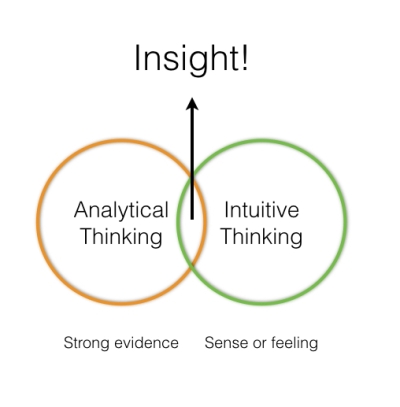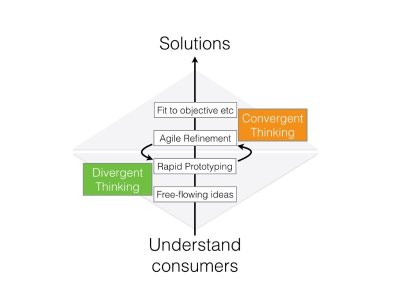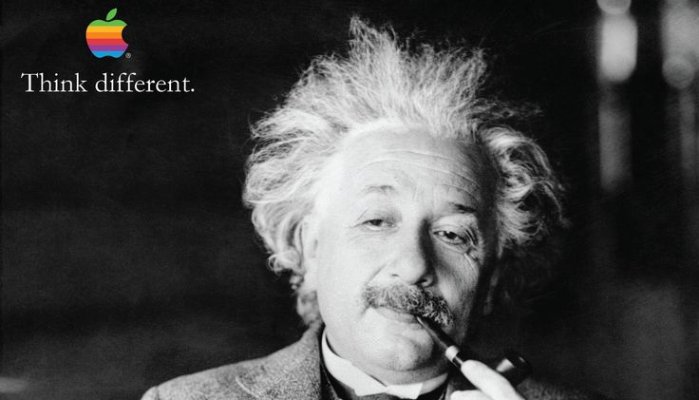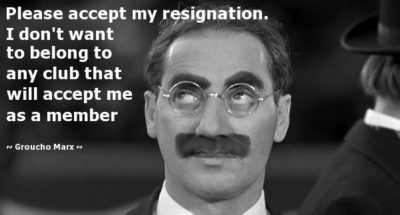How to ‘Think different’ through design thinking
Apple’s 1997 ‘Think Different‘ campaign was arguably the ethos and rocket fuel to launch the brand’s meteoric growth. How can other businesses ‘think different’?
Perhaps design thinking holds some answers.
How to find strategic insight
One of the central premises of design thinking surrounds the concept of ‘insight,’ including what it is and, importantly, where it comes from. The Oxford Dictionary defines insight as ‘the capacity to gain an accurate and deep understanding of someone or something’. Some executives are likely to view insight as coming with experience – others, as something that can or cannot be learned.
Market research has a fascination, even an obsession, with insight from qualitative and quantitative research techniques. In contrast, a creative agency may view insight as a blast of intuitive genius. Design thinking takes the thinking a step further to the intersect of analytical thinking and intuitive thinking.

Analytical thinking
Using quantitative, qualitative and other research methodologies to come to conclusions
- Deductive reasoning: finding a logically certain conclusion
- Inductive reasoning: supplying strong evidence for the truth of a solution
Intuitive thinking
Knowing the conclusion without reasoning, as a sense or feeling.
- Abductive reasoning: inference to the best explanation without evidence
From this, design thinking seeks creative solutions able to be replicated, and ideas that are outcome-focused backed by reliable evidence.
Thinking – divergent and convergent
Design thinking also uses divergent thinking and convergent thinking to develop solutions, built on solid consumer understanding. Divergent thinking is used to facilitate spontaneous and free-flowing generation of many ideas, with the objective of developing many solutions in a short space of time. Convergent thinking is used to organise and structure the divergent thinking.
Through workshops, new tech applications and other methods, design thinking offers tools to encourage divergent thinking to generate free-flowing ideas. Importantly, finding solutions is viewed as team based rather than individualistic. Design thinking views the importance of pulling in the skills of diverse disciplines as critical, and counters the myth of the lone creative genius, through encouraging collaborative thinking across a wide team.
Rapid prototyping and agile refinement are also viewed as team based. Further to this, rather than seeing perfection as the goal, the focus is on rapid building of a larger number of smaller ideas, rather than a smaller number of big ideas.

Design thinking seeks to avoid lengthy delays while the perfect idea is developed. The search for perfection is viewed as an excuse for procrastination. The focus is on quick launching of ideas ignited by divergent thinking then refined and evaluated using convergent thinking approaches such as gaining real user feedback.
Design thinking pioneer and current IDEO CEO Tim Brown refers to design thinking as ‘a human-centered approach to innovation that draws from the designer’s toolkit to integrate the needs of people, the possibilities of technology, and the requirements for business success’.

In Brown’s fascinating 2009 TED talk ‘Designers – Think Big’, he discusses design thinking as a process that starts with what humans need, through understanding culture and the broader context.
Design thinking moves the innovation thinking beyond old methods of strategic planning. It also thinks beyond how to better collect consumer understanding (e.g. evolving from surveys, to mobile, panels, big data etc), or leveraging new models of strategic thinking (e.g. behavioural economics) towards a more integrated and holistic approach to thinking different to make the world better.




